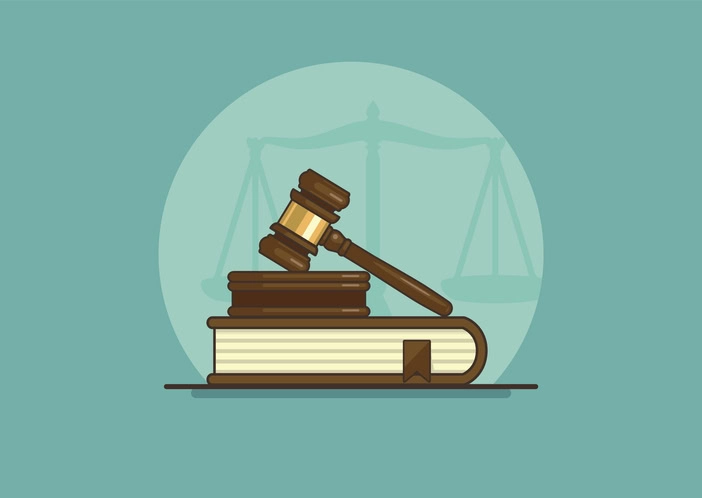Five Things to Know About DOJ Guidance on Compliance Programs
Well-designed and effectively implemented compliance programs are essential for avoiding regulatory fines, maintaining a positive corporate reputation, and mitigating risks. Understanding and adhering to these guidelines helps companies continuously improve their compliance strategies, ensuring they are robust and adaptive. The Department of Justice’s (DOJ’s) guidance on compliance programs underscores the need for continuous improvement and practical effectiveness. Organizations must move beyond static, paper-based compliance programs to dynamic, data-driven approaches.

Below, we explore critical DOJ guidelines on corporate compliance programs and highlight their significance.
Five Things to Know
The DOJ emphasizes a compliance program must be meticulously designed to be effective.
This involves continuous evolution and adaptation in response to red flags. Key questions posed by the DOJ include:
– Does the compliance program adapt when issues are identified?
– Are various departments and stakeholders collaborating effectively to resolve compliance issues?
A well-designed program is not static. It evolves and improves as new challenges and risks are identified.
Having a compliance program on paper is insufficient.
The DOJ looks for evidence that the program is applied earnestly and in good faith. This means:
– Employees are effectively trained and equipped to recognize and address red flags
– The program is adequately resourced, empowering it to function effectively
– Continuous improvement is a core component, ensuring the program remains relevant and effective over time
The emphasis here is on practical application and real-world effectiveness rather than theoretical compliance.
The DOJ scrutinizes how compliance programs perform in practice, especially during incidents of misconduct.
Organizations need to demonstrate:
– The state of the compliance program at the time of the incident
– How the incident was detected
– Steps taken to prevent future occurrences
This practical effectiveness is crucial for maintaining regulatory compliance and avoiding significant penalties.
The DOJ places high importance on training programs that go beyond merely ‘checking the box’.
Effective training should be:
– Efficacious and continuously improvable
– Relevant to the specific roles of employees, avoiding information overload
– Engaging to ensure employees gain value from the training
Operational risk scorecards and comprehensive data collection are essential tools for assessing the effectiveness of training programs. The goal is to correlate training efforts with a reduction in compliance incidents and risky behaviors.
Inadequate training and compliance programs can lead to significant losses.
The Association of Certified Fraud Examiners (ACFE) reports that companies lose approximately 5% of their annual revenue to fraud, often due to poor training. Additionally, regulatory fines, reputational damage, and inefficiency are other costs associated with inaction.
How SAI360’s Performance Dashboard Can Help Your Organization Make Sense of DOJ Guidance on Compliance Programs
SAI360’s Performance Dashboard empowers organizations to make data-driven decisions, mitigating compliance risks, and driving continuous improvement.
Key features include:
– Learning Management System (LMS) Agnostic Performance Dashboards: These dashboards provide analytics reporting on training
– Detailed Insights: Performance data, including confidence levels and demographic filters, help tailor follow-up learning plans
– Benchmarking and Comparison: Organizations can gauge success over time and benchmark against industry standards to drive future changes
Final Thoughts
The greater implications of adhering to these guidelines are profound. Companies avoid regulatory fines, which is huge. They can mitigate reputational damage. They can also foster a culture of integrity and continuous improvement.
By leveraging advanced analytics, organizations can stay ahead of regulatory requirements, adapt to emerging risks, and ultimately achieve a more resilient and compliant operational framework.
Let’s Start a Conversation
Schedule a virtual coffee with a team member:
References
DOJ, Criminal Division, U.S. Department of Justice, Compliance. https://www.justice.gov/criminal/criminal-fraud/compliance



